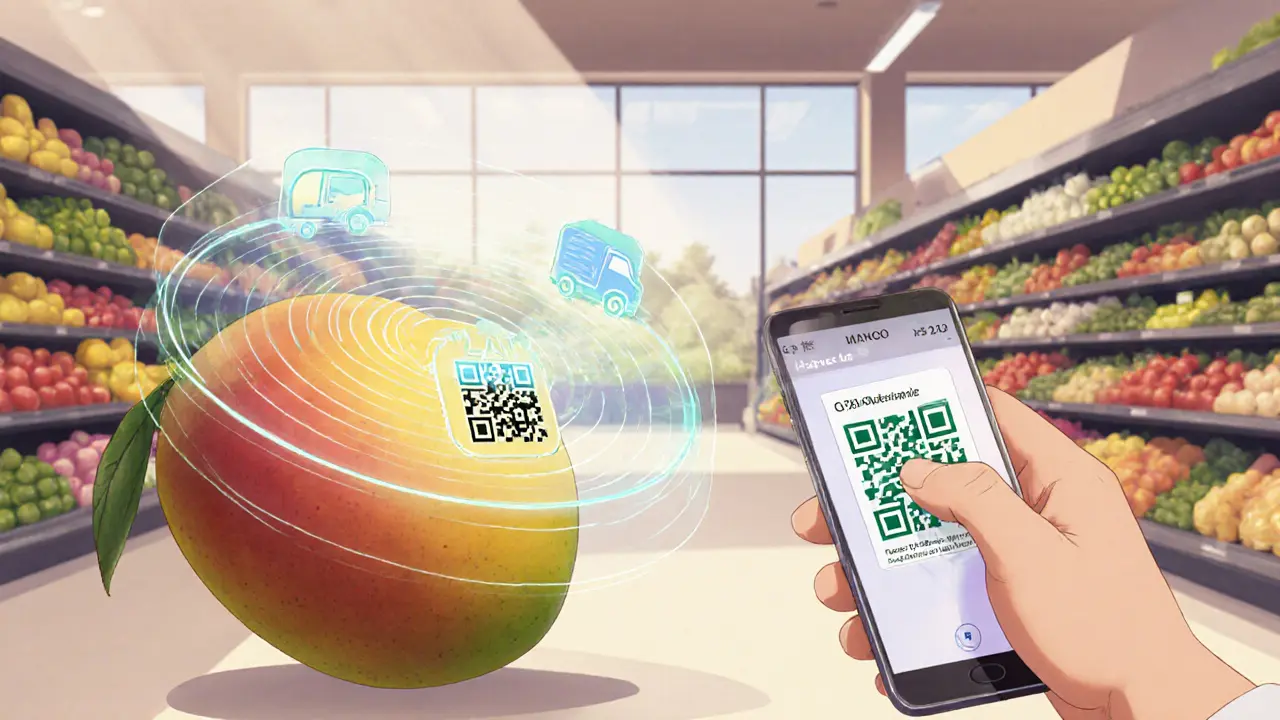Food Technology
When working with Food Technology, the blend of science, engineering, and data that reshapes how we grow, process, and deliver what we eat. Also known as Food Tech, it drives faster innovation, tighter quality control, and new business models across the entire food ecosystem. At the heart of today’s food tech revolution is blockchain, a distributed ledger that records every transaction in a way that can’t be altered. When you pair blockchain with food traceability, you get instant, tamper‑proof data that follows a product from seed to plate. This combination enables supply chain transparency, letting producers, regulators, and shoppers see exactly where a food item originated, how it was handled, and why it’s safe. In short, Food Technology encompasses blockchain food traceability, and that link directly improves food safety.
Why blockchain matters in food tech
Think about the last time you wondered if your lettuce was sprayed with pesticides. With blockchain food traceability, that question gets a factual answer within seconds. Each step—farm planting, harvesting, packing, shipping—gets a digital stamp that can’t be erased. Companies like Walmart and platforms such as IBM Food Trust have built live dashboards that show a mango’s journey across continents in real time. Those dashboards rely on the immutable nature of blockchain to assure consumers that the data they see is genuine. Supply chain transparency also cuts waste. When a contamination event occurs, the exact batch and route can be pinpointed, preventing a blanket recall that throws away perfectly good products. This precision saves money, reduces environmental impact, and builds trust. Moreover, regulators can automate compliance checks because the ledger already contains the required records. The result is a faster, cheaper, and more reliable safety net for everyone.
Beyond safety, the data richness of blockchain opens doors for new services. Farmers can attach climate data, soil health metrics, or fair‑trade certifications to each product. Retailers can use that information to create premium labels that command higher prices. Consumers can scan a QR code on a package and instantly see the carbon footprint, nutritional profile, and even the farmer’s story. All of these possibilities stem from the same core idea: a shared, trusted source of truth that links every stakeholder.
As Food Technology continues to evolve, the focus shifts from isolated tools to integrated ecosystems. Platforms like IBM Food Trust, VeChain, and OriginTrail provide the backbone, while IoT sensors, AI analytics, and mobile apps add layers of insight. Together they create a feedback loop where data drives better decisions, which in turn generate more accurate data. This virtuous cycle is already reshaping grocery aisles, restaurant kitchens, and farm fields. Below you’ll find a curated selection of articles that dive deeper into these trends. From case studies on major retailers to step‑by‑step guides on building your own blockchain traceability pilot, the collection offers practical tips and real‑world examples to help you navigate the fast‑moving world of Food Technology.
